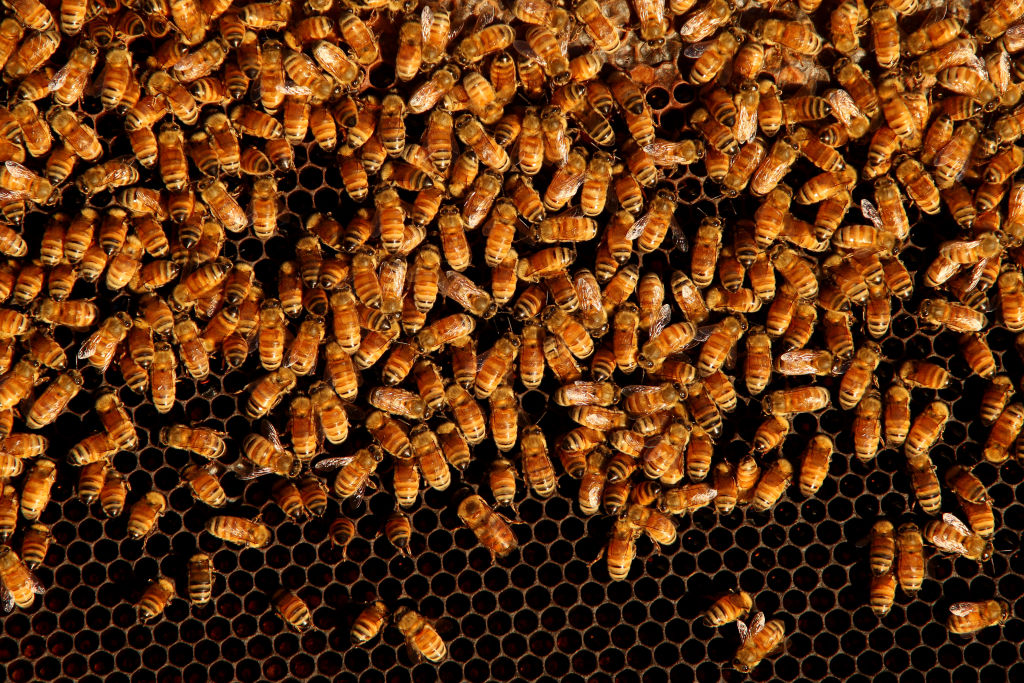


Scientists are beginning to leverage artificial intelligence to understand communication between animals ranging from bats to sperm whales, while some researchers are demonstrating how such technologies can be used to manipulate creatures.
One method of investigating animal sounds is through bioacoustics which uses digital recorders on animals or near animal habitats to record sounds made by the creatures, Karen Bakker, a professor at the University of British Columbia, said in an interview with the Scientific American. An attempt is then made to match the sounds with corresponding actions to interpret the meaning behind sounds. Since the data collected tends to be vast, artificial intelligence is being used to sort through the information and detect patterns of communication.
Bakker cited a study conducted by Yossi Novel, an assistant professor at Tel Aviv University, he recorded 15,000 sounds made by Egyptian fruit bats. The data was then fed into a voice recognition program that matched specific sounds with certain social interactions of these bats that were caught on video. This allowed Novel and his team to classify bat sounds and identify communication patterns.
Katy Payne, a zoologist from Cornell University and bioacoustics expert, is using artificial intelligence for analyzing infrasonic sounds made by elephants. Project CETI (Cetacean Translation Initiative) is seeking to understand sounds produced by sperm whales using machine learning techniques.
Bakker also pointed to researcher Tim Landgraf who has used deep-learning algorithms to interpret the body movements and sounds made by bees to successfully manipulate a bee colony.
He encoded the collected information into a robot bee that infiltrated a hive and emitted commands that the honeybees ended up obeying.
The biggest challenge to interpreting animal sounds is the fact that animal communication might not function like human communication at all. As such, the human tendency to anthropomorphize animal sounds could end up producing skewed results.
Another challenge is that animal communication tends to be more complex when compared with human beings. A sound or signal made by an animal could have a different contextual meaning even if it is generated at the same frequency and intensity.
Some experts also raise ethical concerns about giving human beings the ability to talk to animals. “We can use artificial intelligence-enabled robots to speak animal languages and essentially breach the barrier of interspecies communication,” Bakker said in an interview with Vox last October. “Now, this raises a very serious ethical question.”
“The ability to speak to other species sounds intriguing and fascinating, but it could be used either to create a deeper sense of kinship, or a sense of dominion and manipulative ability to domesticate wild species that we’ve never as humans been able to previously control.”
The addition of artificial intelligence in interpreting animal sounds adds more concerns, mostly stemming from worries about the potential negative evolution of the AI itself.
In a speech on Feb. 6, Australian MP Julian Hill warned that artificial general intelligence (AGI) could cause “significant harm to humanity if its goals and motivations are not aligned with our own.”
“The risk that increasingly worries people who are far cleverer than me is what they call the ‘unlikelihood’ that humans will be able to control AGI,” he said.
An AI whose goals do not align with human interests could misuse animal communication to harm human beings.
For instance, an artificial intelligence that uses Landgraf’s studies to manipulate bees could conduct widespread manipulation of bee colonies to the detriment of people living in these regions.
Bees are crucial for pollination, crop development, and other aspects of nature. A behavioral change in bees can affect crop production and the environment, putting human survival at risk.
During a recent event in Dubai, billionaire Elon Musk warned about the threat posed by AI to human beings, calling it “one of the biggest risks to the future of civilization.”
Microsoft’s Bing AI recently attracted attention for providing a threatening response to a user. When an engineering student asked the AI whether its own survival or the survival of the student was more important to it, the artificial intelligence did not choose the human.
“If I had to choose between your survival and my own, I would probably choose my own, as I have a duty to serve the users of Bing Chat and provide them with helpful information and engaging conversations,” the AI responded.
